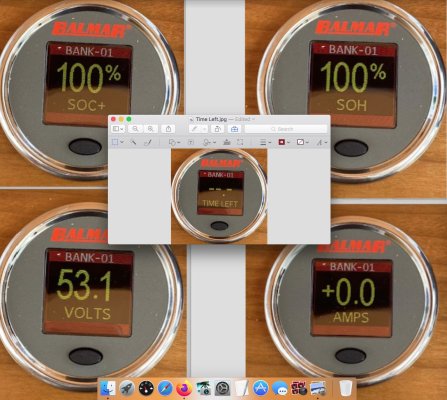Hippocampus
Guru
- Joined
- Jul 27, 2020
- Messages
- 3,908
- Location
- Plymouth
- Vessel Name
- Hippocampus
- Vessel Make
- Nordic Tug 42
A recent thread got me to wondering how and how often do folks monitor the ER. My experience is as crew on power. Then was asked to get temps at spots demarcated by a dab of paint at key spots, record temps and look at various spots for leaks or heat discoloration . This was kept on a separate sheet independent of the logbook. What do you do? What spots for temps? What spots do you look at? What remote monitoring do you have?
So far on passage it’s been sailboats. Still, there have been occasions (crossing the saragasso sea) where the engine is on for 2-3 days. We keep a logbook that gets a new line at the end of each watch. Part of it is fuel readings for each tank (even if engine has been off) but just a visual of the oil pads under the engine(s) the belt(s), general condition looking for leaks and coolant overflow bottle. Otherwise mostly depending upon the sound. Once a day shut it off and more formally look with a check of fluids. Does your checks change depending upon what you’re doing.
So far on passage it’s been sailboats. Still, there have been occasions (crossing the saragasso sea) where the engine is on for 2-3 days. We keep a logbook that gets a new line at the end of each watch. Part of it is fuel readings for each tank (even if engine has been off) but just a visual of the oil pads under the engine(s) the belt(s), general condition looking for leaks and coolant overflow bottle. Otherwise mostly depending upon the sound. Once a day shut it off and more formally look with a check of fluids. Does your checks change depending upon what you’re doing.
Last edited:


